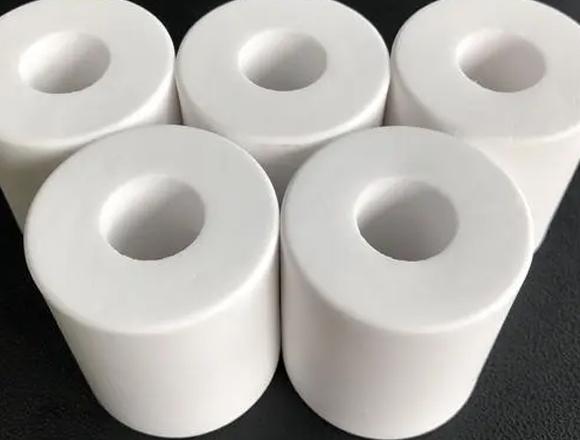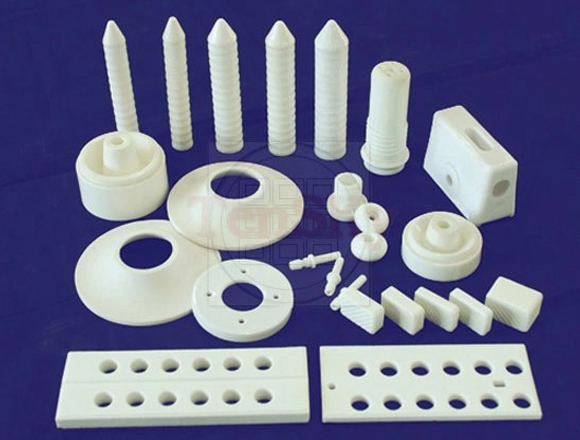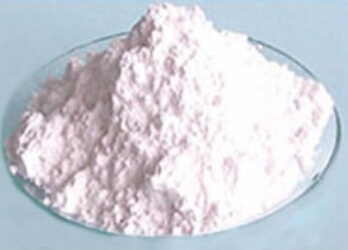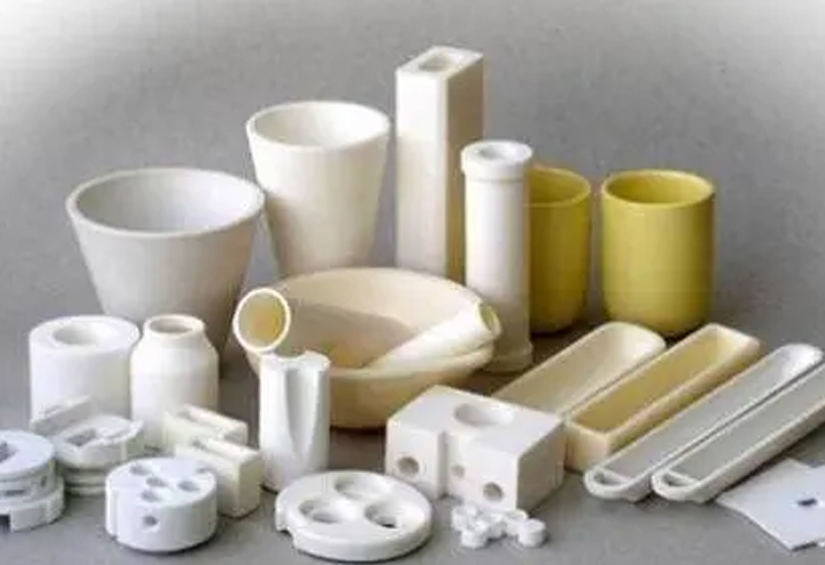Industrial ceramics, that is, ceramics for industrial production and industrial products. It is a kind of fine ceramics, which can play mechanical, thermal, chemical and other functions in application. Because industrial ceramics have a series of advantages such as high temperature resistance, corrosion resistance, wear resistance, and erosion resistance, they can replace metal materials and organic polymer materials for harsh working environments, and have become traditional industrial transformation, emerging industries and high-tech industries. It is an indispensable and important material, and has very broad application prospects in the fields of energy, aerospace, machinery, automobiles, electronics, and chemicals. Use corrosion-resistant ceramics with good chemical stability in contact with biological enzymes to produce metal smelting crucibles, heat exchangers, biological materials such as dental artificial paint joints, etc., and use unique ceramics that capture and absorb neutrons to produce various nuclear materials Reversible structural materials, etc.





1. Before rough grinding, the materials are initially screened, mainly to screen out the problematic materials that are visible to the eyes, such as materials with wrong colors and impurities. Avoid unnecessary loss due to material problems.
2. In view of the extremely thin characteristics of the industrial ceramic ring itself, special targeted testing is carried out, and a new fixing method is adopted to test out the critical point of the perfect combination between the pressure method and the fixing method, so that the workpiece and the grinding disc can reach Optimum fit.
3. In view of the situation that the crystal state of zirconia is prone to change due to temperature, we specially set up a complete set of cooling devices for it.
4. During the grinding and polishing process, we adopt the processes of rough polishing, semi-finish polishing, and fine polishing, use an appropriate amount of copper or iron disks for grinding, use ceramic plates as polishing paper, and use ceramic mirror polishing machines for processing.